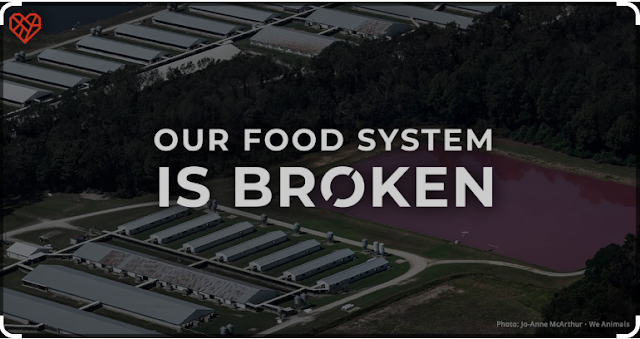Sustainable Conversations - Healthy Weight & BMI - Part 2

Photo Credit: Microsoft Design Creations Friend : Nice to catch up Kamesh, it’s been a year since we spoke, time flies! Me: Yes, time is counted for us IT folk in weeks, and we just have 52 of them, Good to see you again buddy! Friend: How is life treating you, what are you up to these days? Me: Life is good especially in second half after 40s, more to focus on health and wellbeing, what are you up to ? Friend : Getting busy these days running against time at work, family responsibilities with old parents to take care of, not looking after myself well, put on some weight. Keen to keep myself in shape, you didn’t change much since last year in fact for good couple of years, I remember our last conversation you spoke about eat more to keep weight in check. I am interested in learning more about it. Me: Yeah sure, we can chat. How about Tea? Friend : Badly need one, with Ginger and Cardamom, do you have milk, or should I try black tea? Me: I have Oat and hemp milk...

